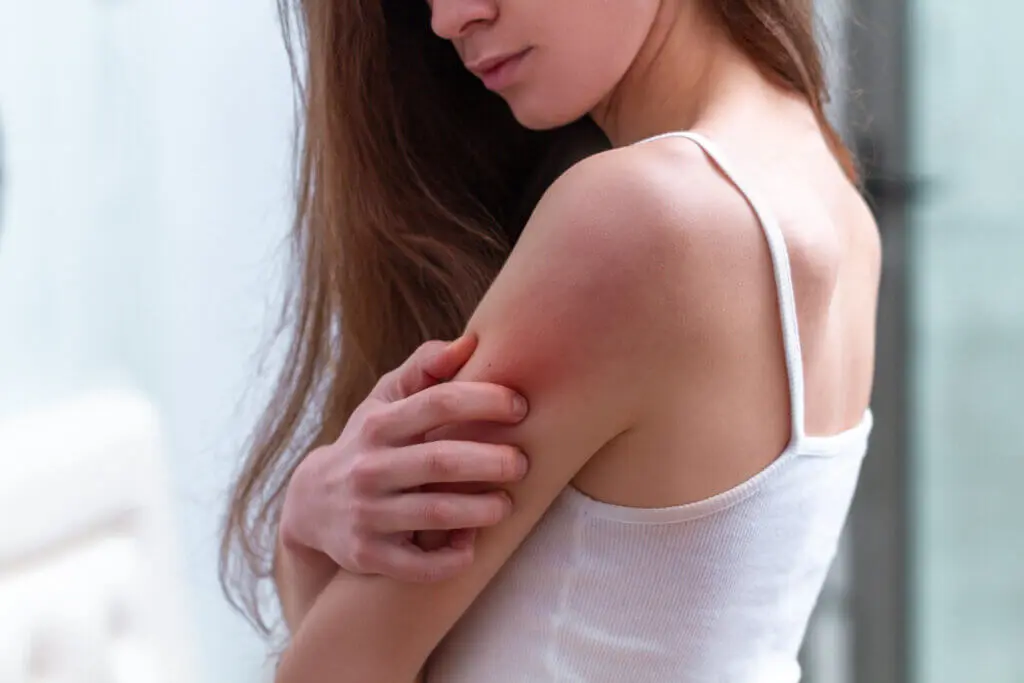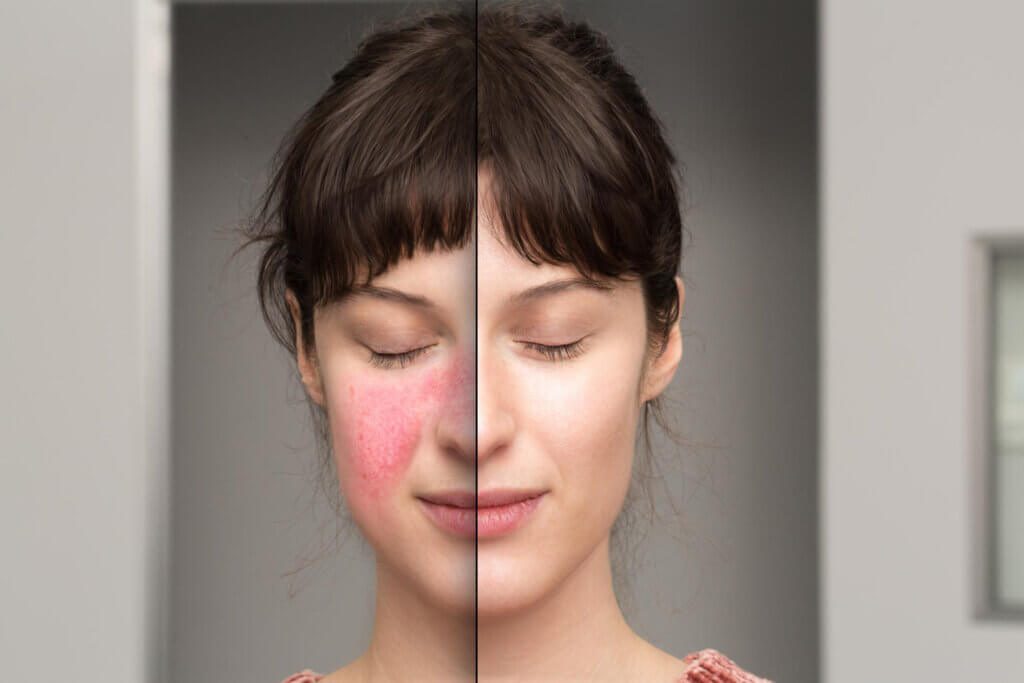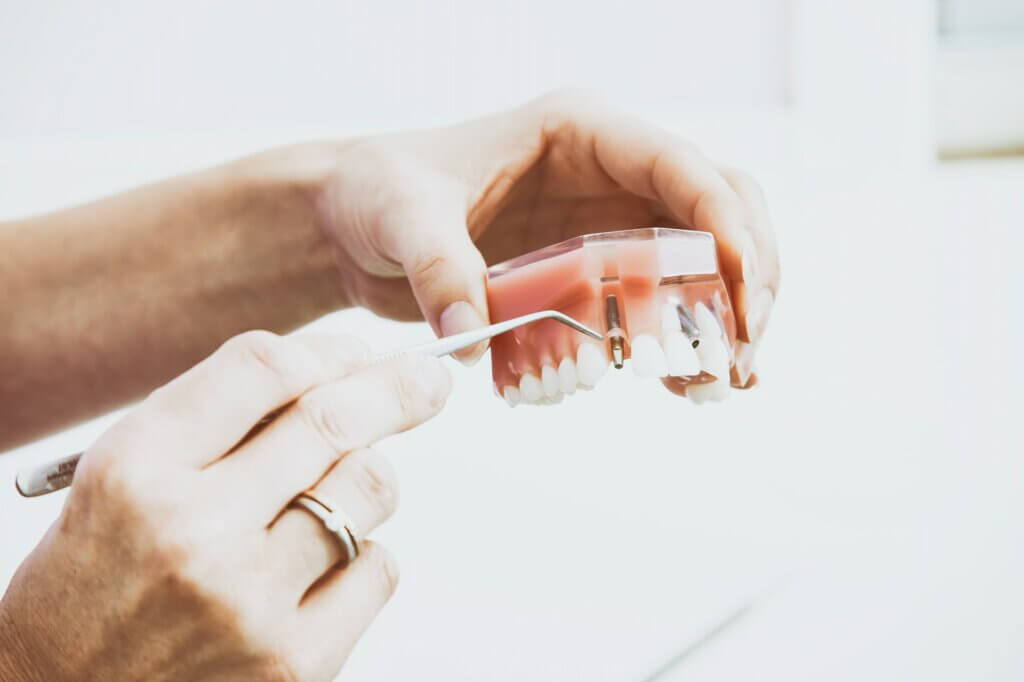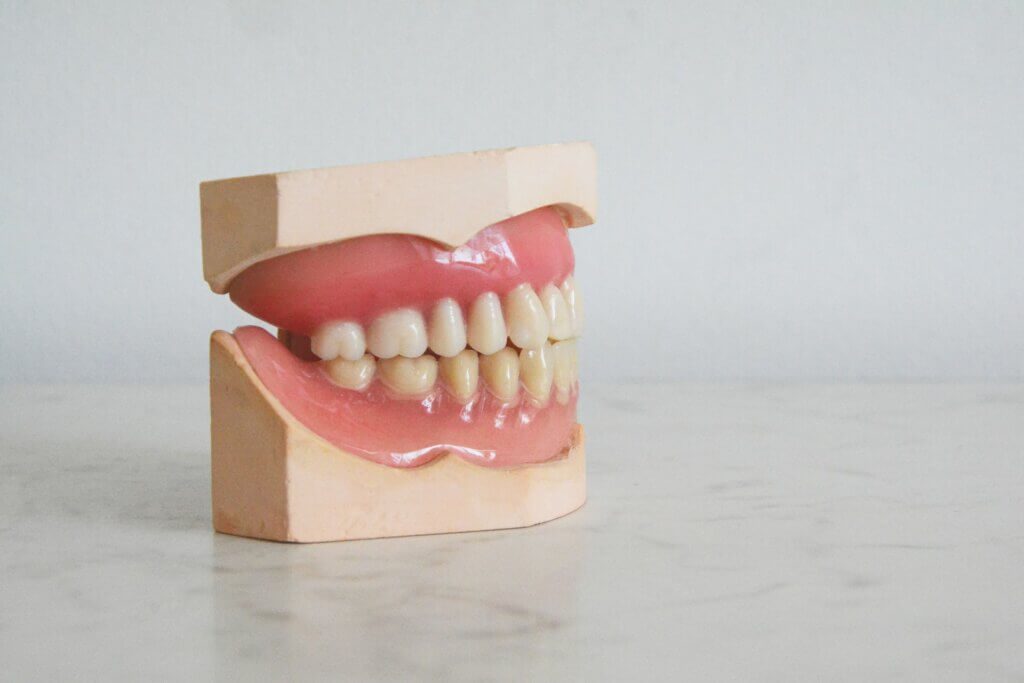Skin rashes are abnormal changes in skin texture and color. Based on science, rashes result from skin inflammation which can be caused by either an internal factor or an external exposure. In the long run, increased inflammation will significantly impact your skin's feeling, texture, tone, and color. The magnitude of a skin rash depends on the severity and type of the rash. Most people struggle with various skin rashes regardless of their medical history, hygiene, or age. A skin rash may signify something is up, whether you have an underlying medical condition or have been exposed to an irritant. Rashes are often itchy and can appear differently depending on your skin tone.
Common Types of Skin Rashes
Here are some common types of skin rashes.
Contact Dermatitis
You can develop contact dermatitis when you come into contact with a surface that causes irritation or an allergic reaction. There are two types of dermatitis: allergic dermatitis and irritant dermatitis. Irritant dermatitis occurs when your skin reacts to a chemical component in a perfume or detergent. On the other hand, allergic contact dermatitis occurs as a result of a reaction to a substance. According to research, some common dermatitis triggers include nail polish, skin care products, nickel jewelry, hair dye, poison ivy, rubbing alcohol, cosmetics, and formaldehyde.
Fungal Infection
Some of the fungal infections include athlete's foot, jock itch, and ringworm. These types of fungal infections belong to the tinea family. Fungus thrives in moist, dark, and warm areas, such as the underarms, toes, and groin. The common symptoms of fungal infections depend on the location of the infection. Fungal infections can be transmitted from one individual to another by sharing things, such as towels and shoes.
Eczema

Eczema is a skin condition that comes with intense itching. The most common type of eczema is termed atopic dermatitis. Most people can confuse psoriasis with eczema, but they are different. Atopic dermatitis may cause raised, itchy patches on your skin, especially on your scalp and hands. When you've eczema, your skin is more prone to infections and rashes. This is because your skin is damaged to a point where allergens and irritants can easily enter. According to some studies, the most affected areas of your skin include ankles, hands, eyelids, knees, elbows, and feet.
Psoriasis
There are different types of psoriasis: guttate psoriasis, plaque psoriasis, inverse psoriasis, erythromycin psoriasis, and pustular psoriasis. Psoriasis is a chronic autoimmune condition that can cause a rapid buildup of skin cells. It can affect your lower back, elbows, scalp, and knees. The skin patches might either be silvery or scaly. Redness and inflammation around the scales on the affected areas are common. Some of the body parts that aren't prone to psoriasis include the mouth, nails, and genital areas. The severity of psoriasis can depend on either your immune system or genetic factors. The most common psoriasis triggers include alcohol, stress, medications, injury, and infection.
Fifth Disease
Based on science, the fifth disease can cause low fever, headache, diarrhea, fatigue, nausea, runny nose, sore throat, and nausea. Children are more prone to the fifth disease, especially when compared to adults. The fifth disease is caused by parvovirus B19. This airborne virus can be spread from one individual to another through respiratory secretions or saliva. The fifth disease is most common during the early summer, late winter, and spring. According to some studies, if you get fifth disease while pregnant, your unborn child will be prone to various health issues, such as anemia.
Impetigo
Impetigo is a skin rash disease that affects children from 2 years to 5 years. In some special cases, impetigo can affect adults. It affects areas around your nose, mouth, and chin. In addition, impetigo rashes can be grey, brown, or purple in color, particularly if you have a dark skin tone. These bacteria thrive in moist and warm conditions. There are two major types of impetigo: primary impetigo and secondary impetigo. Primary impetigo occurs when your skin is healthy, while secondary impetigo occurs when your skin is damaged. Some of the risk factors for impetigo include diabetes, humid climate, insect bites, sunburn, skin conditions, compromised immune system, and poison ivy.
Systemic Lupus Erythematosus (SLE)
Systemic lupus erythematosus is an autoimmune disease. It's a common type of lupus. Some of the potential signs and symptoms of systemic lupus erythematosus include hair loss, joint pain, severe fatigue, blood clotting problems, joint swelling, anemia, rashes on the nose or cheeks, and severe headaches. Scientifically, SLE can be caused by genetics, sex, hormones, and environmental factors (emotional stress, ultraviolet rays, trauma, viruses, and certain medications).
Rosacea
The main cause of rosacea rashes is still unknown, and there's no cure. There are 4 subtypes of rosacea: ocular rosacea, papulopustular rosacea, erythematotelangiectatic rosacea, and phymatous rosacea. Each subtype of rosacea has its unique set of signs and symptoms. Some of the common signs of rosacea include sensitive skin, swollen skin, visibly broken blood vessels, scaly skin, burning skin, oily skin, and acne-like breakouts.
Cellulitis
Cellulitis is a skin infection that can deteriorate any part of your body. The swelling and discoloration of the affected region can spread rapidly. Therefore, if you detect signs and symptoms of cellulitis, consult a professional medical practitioner. On darker skin tones, these rashes will either be purple, brown, or grey. On the other hand, if you've lighter skin, cellulitis rashes will either be pink or red.
Hives

Hives can also be termed urticaria. This is a skin condition that occurs unexpectedly and disappears in no time. There are various factors that contribute to hives, including insect bites, extreme cold or heat, foods (shellfish, nuts, eggs, and peanuts), and some medications. In addition, genetic disorders can contribute to hives.
In addition, other common types of skin rashes include scabies, pityriasis rosea, dermatophytosis, herpes zoster, seborrheic dermatitis, tinea versicolor, etc.
Causes of Skin Rashes
So what are the causes of skin rashes?
Infections
Some Infections can trigger skin rashes, including fungi, bacteria, and viruses. Some of the common infections that will increase your risk of developing skin rashes are rubella, measles, and chickenpox.
Molds
There's an array of things that can cause skin rashes, including infections, allergies, and environmental factors. According to some studies, exposure to mold can contribute to skin rashes. Scientifically, mold is a type of fungus that flourishes in a humid environment. If your skin comes into contact with mold spores, you'll be prone to allergic reactions. Molds cause a red, itchy rash. These rashes might be accompanied by blistering and swelling.
Cosmetic Products
There are some cosmetic products that can trigger skin rashes, especially if you've sensitive skin. If you're more prone to allergic reactions, avoid cosmetic products that contain dyes, fragrances, and other chemicals. In addition, consider buying hypoallergenic cosmetics and other products that are designed for individuals with sensitive skin.
Environmental Factors
There are numerous environmental factors that can cause skin rashes: animals, plants, and chemical exposure. Sumac, poison ivy, and oak are major culprits when it comes to skin rashes. These plants release urushiol, which plays a significant role in causing an allergic reaction when it comes into contact with sensitive skin. Other environmental aspects that can contribute to skin rashes include extreme sunlight, temperatures, and water.
Allergies
Allergic reactions are culprits of skin rashes. When you're experiencing an allergic reaction, your body will release histamine to neutralize the reaction. In addition, allergic reactions can be initiated by pet dander, pollen, and certain medications and foods. Some of the medications that can cause skin rashes include nonsteroidal anti-inflammatory drugs, antifungal medications, antibiotics medications, etc.
Signs and Symptoms of Skin Rashes
Here are some signs of skin rashes.
Skin Dryness
Skin dryness is an early sign of rashes. Your skin will become dry when you come into contact with an allergen. The rash can be accompanied by cracking, flaking, and scaling. In some severe cases, the dryness of the skin can make your skin feel painful and tight.
Itchiness
Based on various studies, most rashes are itchy, even if they are caused by contact dermatitis or food allergies. Itching is the main sign and symptom, especially when it comes to allergy-induced rashes.
Blisters
If your rash consists of blisters, it signifies that you have a severe allergy. Blisters come in the form of fluid-filled sacs, especially on the top of the skin layer. These sacs can be painful, itchy, and super uncomfortable.
Swelling
Contact dermatitis and food allergies can cause swelling on rashes. Your body sends fluid to the affected areas of your body in order to respond to the allergen. Consult your physician immediately if you identify swelling, especially on the throat.
Skin Discoloration
There are certain aspects that might determine the magnitude of skin discoloration, such as skin color and tone. For instance, if you have a darker skin complexion, you'll probably develop hyperpigmentation. On the other hand, if you've lighter skin, you'll experience pink or red skin discoloration.
Other common signs and symptoms include diarrhea, abdominal cramps, wheezing, shortness of breath, a drop in blood pressure, vomiting, fever, inflamed streaks, pain, warmth in the area, crusting, and swollen lips.
5 Useful Tips for Treating Skin Rash

1. Antibacterial or Antiseptic Treatment
This treatment is ideal for bacterial rashes. You can either opt for topical treatment or oral antibiotics. If the rashes spread to other parts, call your doctor to diagnose the problem.
2. Cool Compress
A cool bath with oatmeal will play a vital role in easing an itchy rash on your skin. Apply baking powder solution to the affected areas. In addition, you can use hydrocortisone cream, especially if the rash isn't due to bacterial infection, chickenpox, or fungus.
3. Oral Antihistamines
An oral antihistamine will relieve pain and itching of the rash. Avoid antihistamine creams because some of them may cause irritation, thus worsening the rash.
4. Apply Coconut Oil
Coconut oil can either be used as a skin moisturizer or cooking oil. According to studies, coconut oil contains anti-inflammatory and antiseptic properties that help treat rashes. In addition, coconut oil is a great source of saturated fats.
5. Apply Plant Oils
There are various types of plant oils that can be used to moisturize your itchy skin, such as chamomile, jojoba, sunflower seed oil, olive oil, etc.
Conclusion
If you detect some of the common signs and symptoms of rashes, consult a professional medical practitioner. An experienced physician will recommend the best medication that suits your needs.




